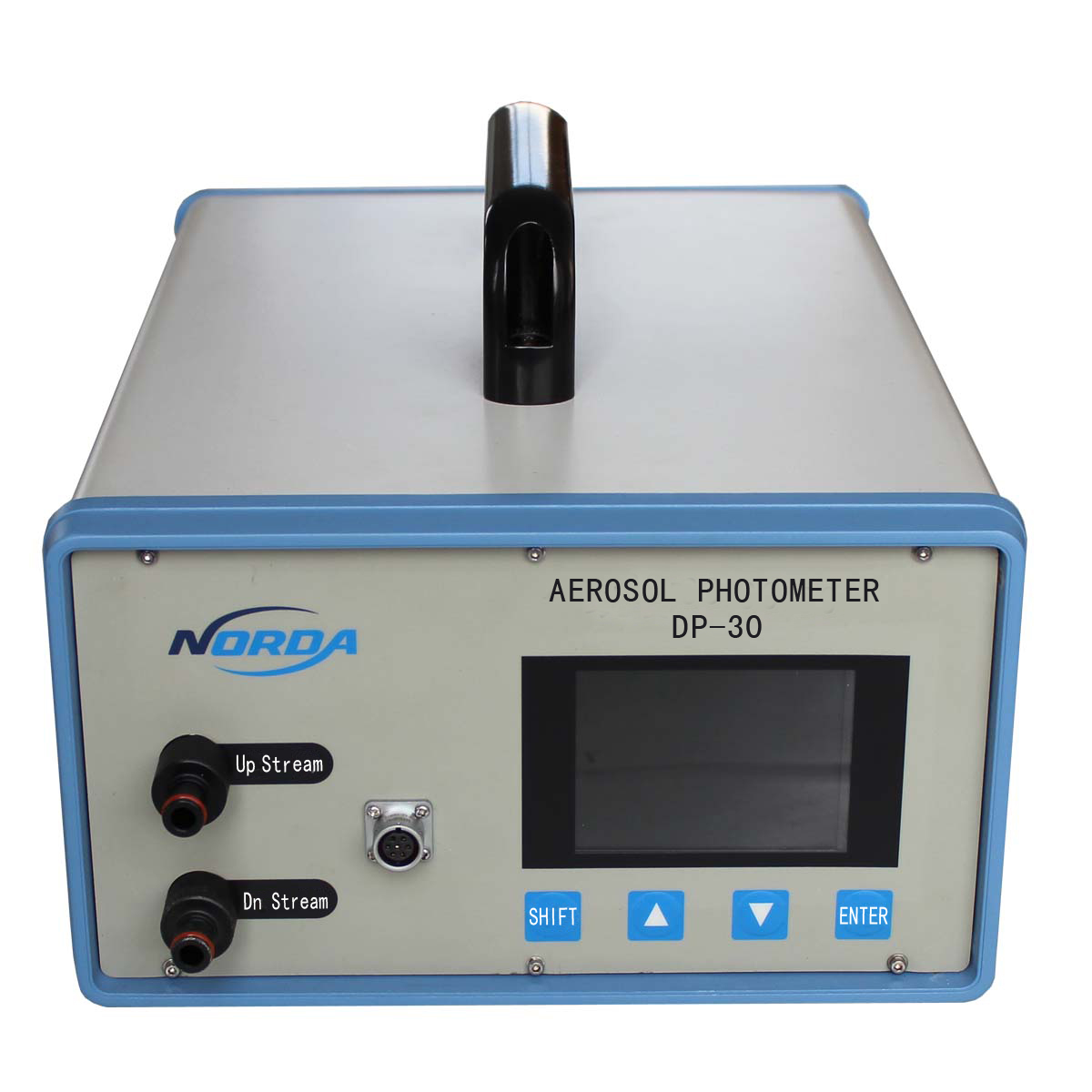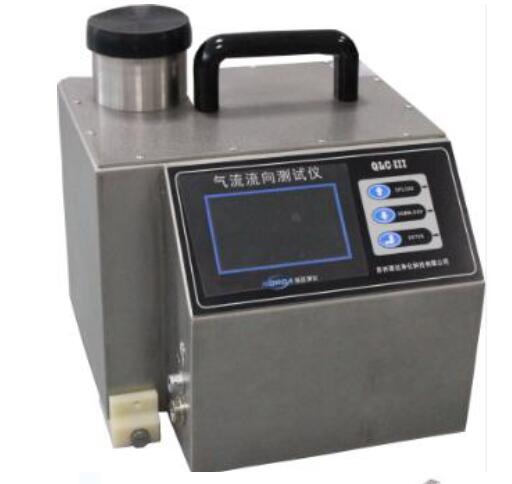Toward a Revised International Cleanroom Standard
A proposed new version of the international cleanroom standard ISO 14644 Part 1 was issued as a draft international standard in 2010. The draft received such an unprecedented level of comments that the committee tasked with overseeing the standard withdrew it. An indication of what the new draft is likely to contain is provided from the withdrawn draft and from the discussions that have taken place on various cleanroom committees.
ISO 14644 is a set of cleanroom standards, currently in nine parts, issued by the International Organization for Standardization (ISO). Part 1, which sets the requirements for classification, was issued in 19991. A proposed new version of the international cleanroom standard ISO 14644 Part 1 was issued as a draft international standard (DIS) in December 2010. Surprisingly—not least because most DIS documents have an element of consensus behind them—the draft received such an unprecedented level of comments that the committee tasked with overseeing the standard withdrew it. Following this move, the ISO committee, together with representative national member organizations, was tasked with undertaking a review and re-drafting exercise.
A new draft of ISO 14644 Part 1 will be considered by the responsible ISO committee (TC 209) at a conference in Zurich in September 2012. The expected timetable is that a revised DIS will be released for public comment in December 2012 with a view to a new, revised standard being published in December 2013, or possibly January 2014. If this schedule is followed, it will be more than eight years since the standard first went into revision on Nov. 12, 2005.
The reason for the lengthy process and the intense debate over the contents is due to the economic and scientific implications of the standard. The current issues are centered on the first part, which deals with cleanroom classification.
An indication of what the new draft is likely to contain is provided from the withdrawn draft and from the discussions that have taken place on various cleanroom committees. (The author's perspective relates to the British Standards Institute's LBI/30 committee).
Proposed changes
The new draft may contain a change from the classification of a cleanroom by formula to one of classification by table. This change is likely to be accepted as it is far simpler and most users will wish to know what an ISO Class 5 area is intended to confirm to, rather than measuring a room and applying an algorithm to determine the class.
A new system of nomenclature may be implemented. This, too, is also likely to be agreed. The initialism most likely will be ACSP (Air Cleanliness Standard for Particles). This is because "ISO" is too generic a term and could relate to any type of ISO standard. Therefore, ISO Class 5 would become ACPS Class 5.
The 5.0 micron and greater size particles probably will be removed from the classification requirement for an ISO Class 5 area. The limit for such particles is currently 20 per cubic meter of air, a value that differs from the limit of 29 in the European Union (E.U.) Good Manufacturing Practice (GMP) guide.2 This would mean that ISO Class 5 clean zones would only be classified using particles of a size of 0.5 microns and larger, where the limit per location is 3,500 particles per cubic meter of air.
This change would bring the ISO standard in line with the U.S. Food and Drug Administration (FDA) guide for aseptic filling3 (and, for those with longer memories, a return to the requirement of the former cleanroom standard FS 209E). The reason for the proposed change is the value of 20 particles is too small a number to assess reliably in terms of the sample size. In addition, measuring for such a low number of particles may not be reliable; many particles are lost through the use of the tubing attached to a particle counter.
The removal of the 5.0 micron particles could generate a point of departure with E.U. GMP. This is an issue stemming from the generic nature of the ISO 14644 cleanroom standard, which is used by the microelectronics and medical device industries as well as by the pharmaceutical and healthcare sectors, and a reflection of the fact that the FDA is not concerned with particles of this size. This change would not deter those who wish to examine for 5.0 micron size particles from doing so (the limitations of the methodology not withstanding), for the 5.0 micron size could exist as a separate cleanliness attribute for monitoring outside of the classification requirements.
Whether the requirement to monitor for 5.0 micron size particles and larger remains for ISO Classes 6, 7, and 9 is unknown at this stage.
Locations debate
While the previous three points suggest consensus, things are not so clear-cut with the fourth. This relates to the number of locations required within a cleanroom to assess cleanliness as part of classification. Currently, the ISO 14644-1 standard requires that the number locations be set by a formula (the square root of the surface area of the room). The previous DIS proposed that a look-up table be used instead. The use of a look-up table was simpler, although it would have led to an increase with the number of locations for smaller cleanrooms and a decrease for larger cleanrooms. Several public comments to the 2010 DIS centered on the increased costs for cleanroom owners in relation to classification.
The new DIS may also contain a look-up table, with the objective of providing a set number of locations for different sized cleanrooms that would provide a 95% level of confidence that 90% of the cleanroom or clean zone will comply with the maximum concentration limit for the target class of air cleanliness.
Following this, the new DIS is also likely to require that from this number of locations, the cleanroom should be divided into an appropriate number of sub-areas (one sub-area for each location). The new DIS may then state that within each sub-area the exact location is to be decided randomly. The argument in favor of random assignment is that it avoids placing the counter at a location of the user's discretion (which, for example, might be immediately under a HEPA filter and thus give an artificially clean reading). The arguments against are that there is no obvious statistical measure for assigning a random location and also that such an approach ignores the relative risk. From a GMP perspective, it may be more appropriate that the location is orientated to the place within the cleanroom where the product or process is most at risk.
The new DIS is also likely to require that each location complies with the class limit for the room rather than the overall set of results for the cleanroom, thus removing the outlier option.
Equipment standards
In addition to the discussion surrounding Part 1, a new part for the standard is being considered for cleanroom equipment suitability. This has caused a debate within the cleanroom community, centered around the question of how exactly an item of equipment or the materials of construction can said to be suitable. Is this in relation to particles generated in the air? Or is it in relation to cleanability?
Furthermore, is such a standard desirable or achievable? This is a matter for conjecture. However the debate goes, if the standard is given the green light, it will become ISO 14644 Part 11.
A further part of ISO 14644 is also intended to go for revision: part 4, which relates to the design, construction, and start-up of cleanrooms. In terms of new developments, a Part 10, devoted to nanotechnology, and a Part 12, looking at the method of cleaning surfaces, are being discussed at an international level.
Biocontamination standard compatibility
ISO 14698 is the ISO standard for biocontamination control. This standard is being revised with a view to make it similar to ISO 14644 in terms of cleanroom classification, with the key difference being that it will consider levels of viable microorganisms using environmental monitoring methods. A revised standard may or may not adopt an incident rate approach, similar to USP <1116>, rather than assessing cleanliness in relation to a pre-defined action level.
All documents mentioned in this article were at the review stage at the time this article was published.
References
- ISO 14644-1:1999(E) Cleanrooms and associated controlled environments-Part 1: Classification of air cleanliness May 1, 1999. International Organization for Standardization Case Postale 56, CH-1211 Genève 20, Switzerland.
- European Commission. EudraLex. The Rules Governing Medicinal Products in the European Union. Volume 4. EU Guidelines to Good Manufacturing Practice. Medicinal products for human and veterinary use, Annex 1: Manufacture of Sterile Medicinal Products, February 14, 2008. European Commission Enterprise and Industry Directorate-General, B-1049 Bruxelles / Europese Commissie, B-1049 Brussels - Belgium.
- Food and Drug Administration. Guideline on Sterile Drug Products Produced by Aseptic Processing, Food and Drug Administration, Rockville, MD: 2004.
Tim Sandle is the Head of Microbiology at the UK Bio Products Laboratory. Tim is also a visiting tutor at the School of Pharmacy and Pharmaceutical Sciences, University of Manchester, and is a tutor for the university's pharmaceutical microbiology MS course. Tim has written over one hundred book chapters, peer reviewed papers, and technical articles relating to microbiology. In addition, Tim runs an online microbiology blog (www.pharmig.blogspot.com). He may be reached attim.sandle@bpl.co.uk.




站自己上傳/AG1800.jpg)
站自己上傳/AG60上傳.jpg)
站自己上傳/pbs-100.jpg)
站自己上傳/PBS-E.jpg)
站自己上傳/IA.jpg)
站自己上傳/QLC-I.jpg)




